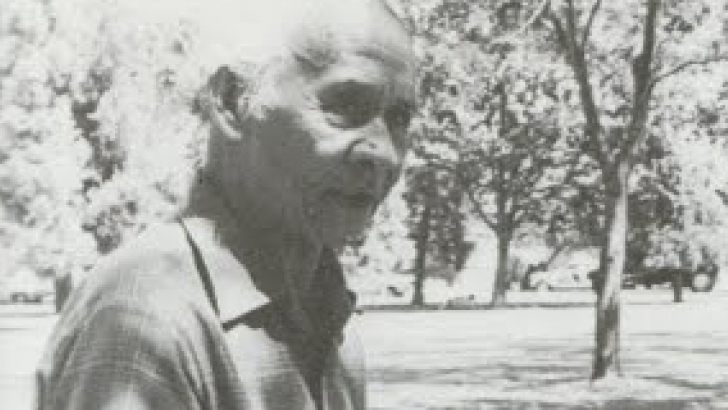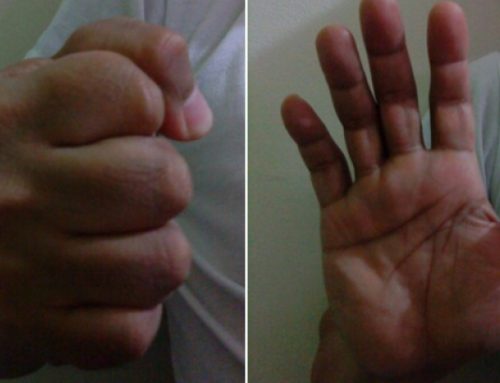In training and teaching the Filipino martial arts (FMA), there are instances wherein a teacher must apply minimalism to the way he teaches and expresses his material.
For instance, when teaching the FMA for tactical reasons meaning to military and law enforcement operators, teaching a protracted curriculum would be impractical because the bulk of the training of these people is focused on their primary arms – guns. It must be clear that bladed and impact weapons in such a framework are meant only as auxiliary to firearms.
Another reason for the pursuit of minimalist training is enlightenment. “It’s not the daily increase but daily decrease. Hack away at the unessential,” said Bruce Lee.
After years of training, a practitioner might come into the realization that it is not the number of techniques that is important but the understanding of principles behind the techniques.
Years of training will also allow the martial artist to pick techniques that best suit his abilities hence minimalism is an expected phase in one’s martial arts journey.
Minimalism is skilful economy. It requires wisdom and focus. The motivation behind the pursuit of minimalist training should be efficiency not laziness.
If they want, some escrima masters can teach in a minimalist manner as portrayed in the following anecdote on the late John LaCoste featured in Dan Inosanto’s classic book The Filipino Martial Arts: “I tell you true,’ LaCoste says. ‘You learn two numbers, you fight any style and beat him.’
I [Gilbert Johnson] understand what he’s saying. Most escrima styles have 12 numbers or angles that any attack must fall close to. For each of those angles there are about 12 blocks or deflections and another counters to each block.
If a person understands all the blocks and counters to the first two angles, he can adapt their motions to defend against any of the other strikes. After studying ‘many styles,’ LaCoste knows where all the principles coincide. ‘One month I teach you, you fight okay, any style.’
What he means I’m told, is that he can teach anyone with a little comprehension how to do the blocks and counters for the first two strikes. Whether or not the person gets good enough with them to actually use them in combat is another matter.”
In the aforementioned story, it was demonstrated that a master teacher could do more with less.
But it doesn’t mean that an art with lesser number of techniques lacks substance. Cinco Teros, a style of escrima that only has five foundational strikes (Cinco Teros literally means five strikes) endemic in the province of Pangasinan is a very functional style.
The five strikes of Cinco Teros can be represented by an “X” with a dot in the center. A number of oldschool escrima masters I have encountered attested that the “X” pattern of striking would suffice in real combat.
Another example of minimalism-functionality connection can be found in the Dog Brothers’ infamous real-contact stick fighting. In their instructional videos released during the 1990s, the Dog Brothers demonstrated the use of a simple striking structure they coined “The Hourglass,” which consist of the forehand diagonal, backhand diagonal, palm-up horizontal and palm-down horizontal strikes.
Wisdom born out of experience is a prerequisite to minimalism. Look at art; a master artist like Pablo Picasso did not create his cubism style overnight. Picasso spent years practicing realistic drawing and painting before he created cubism.
It is interesting to note that there is an all-governing law behind minimalism. Author Timothy Feriss used an economics principle called “Pareto’s Law,” that’s based on the teachings of controversial economist-cum-sociologist Vilfredo Pareto to achieve more with less. This he taught in his best-selling books The 4-Hour Workweek, The 4-Hour Body and The 4-Hour Chef.
A part of Feriss’ The 4-Hour Body explains the universality of Pareto’s law and what it takes to apply it, and it reads, “Pareto demonstrated a grossly uneven but predictable distribution of wealth in society—80 percent of the wealth and income is produced and possessed by 20 percent of the population.
He also showed that this 80/20 principle could be found almost everywhere, not just in economics. Eighty percent of Pareto’s garden peas were produced by 20% of the pea-pods he had planted, for example.
In practice, the 80/20 principle is often much more disproportionate.
To be perceived as fluent in conversational Spanish, for example, you need an active vocabulary of approximately 2,500 high-frequency words. This will allow you to comprehend more than 95% of all conversation.
To get to 98% comprehension would require at least five years of practice instead of five months. Doing the math, 2,500 words is a mere 2.5% of the estimated 100,000 words in the Spanish language.
This means:
1. 2.5% of the total subject matter provides 95% of the desired results.
2. This same 2.5% provides just 3% less benefit than putting in 12 times as much effort.
This incredibly valuable 2.5% is the key, the Archimedes lever, for those who want the best results in the least time. The trick is finding that 2.5%”
As I’ve said in the beginning of this article, minimalism requires wisdom and focus because simple doesn’t necessarily means easy.
(Photo caption: The late John LaCoste from Dan Inosanto’s The Filipino Martial Arts)





















